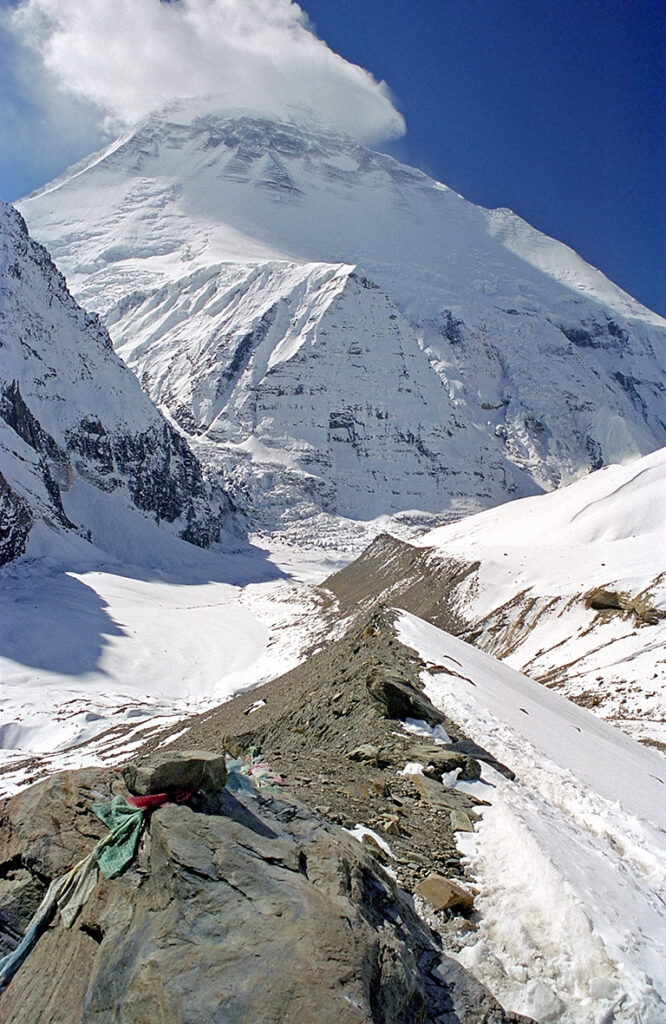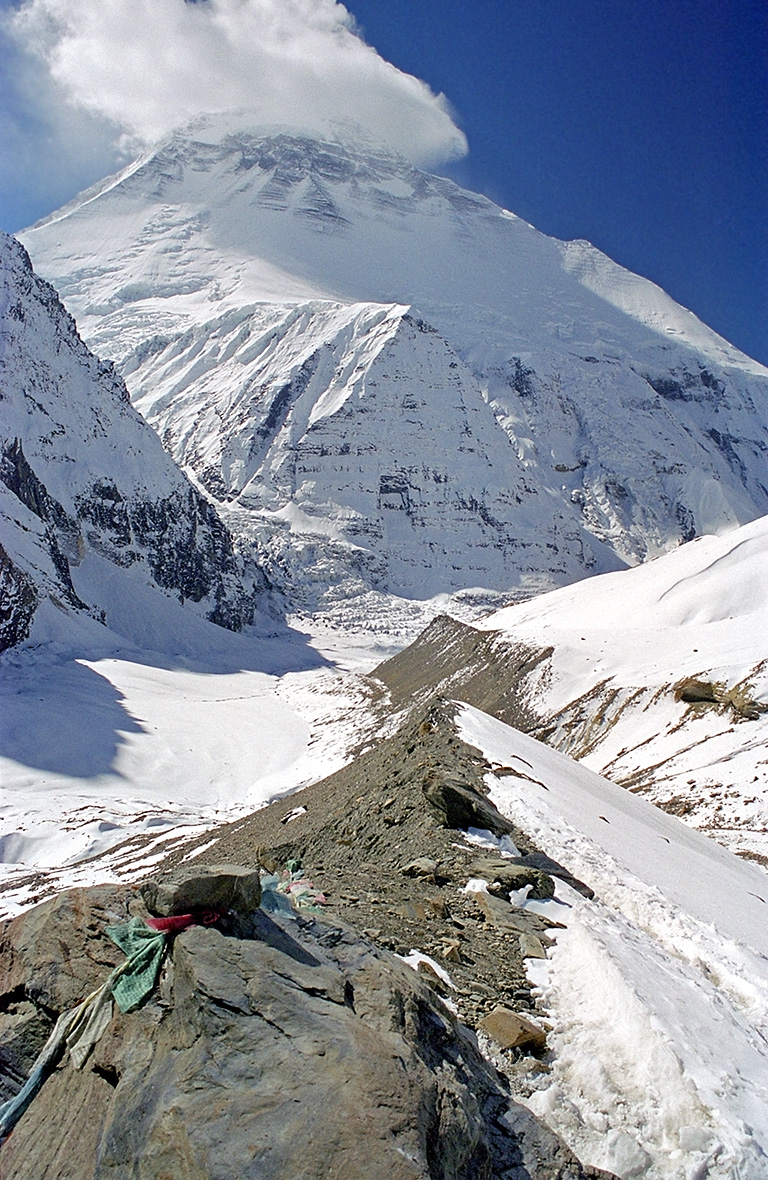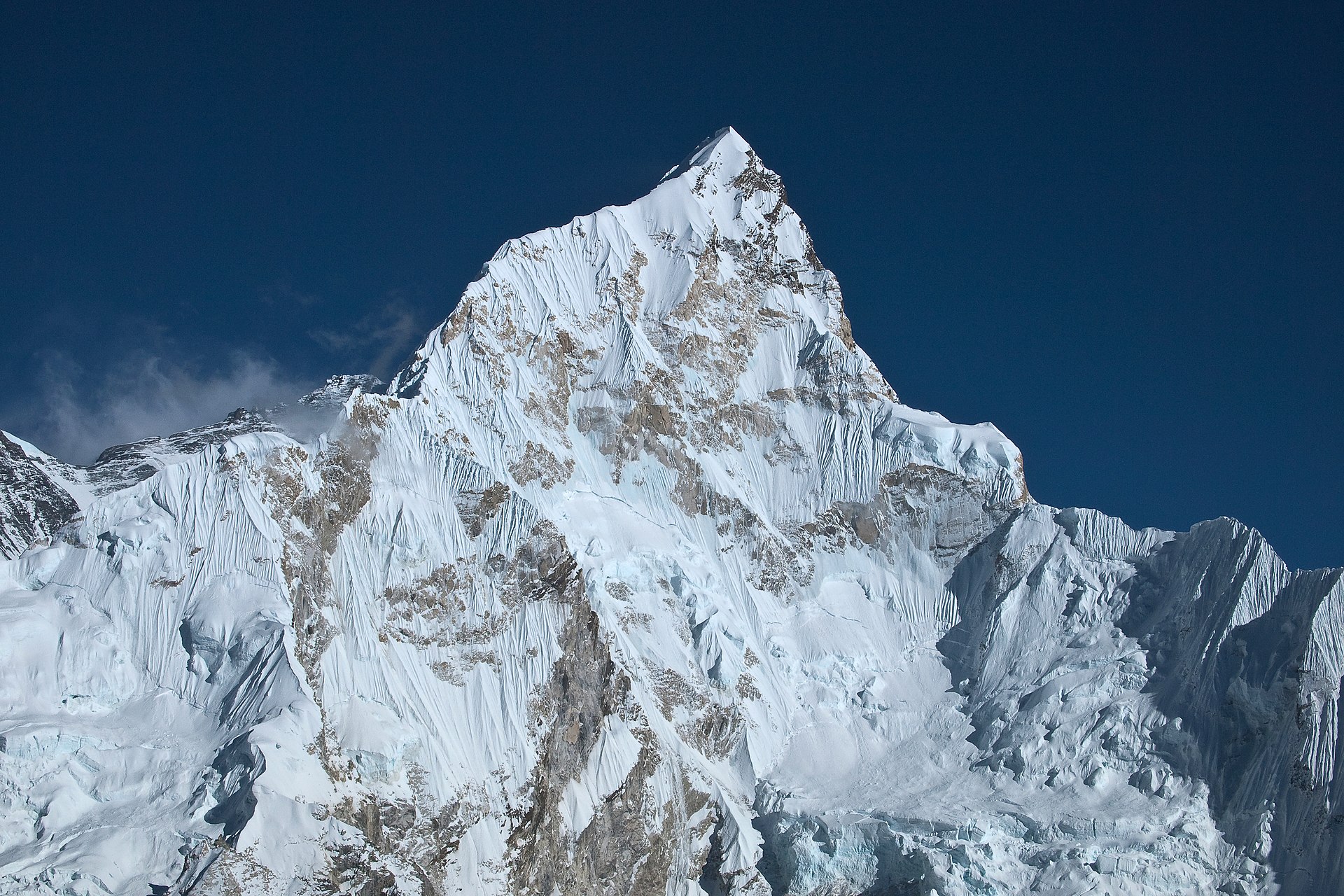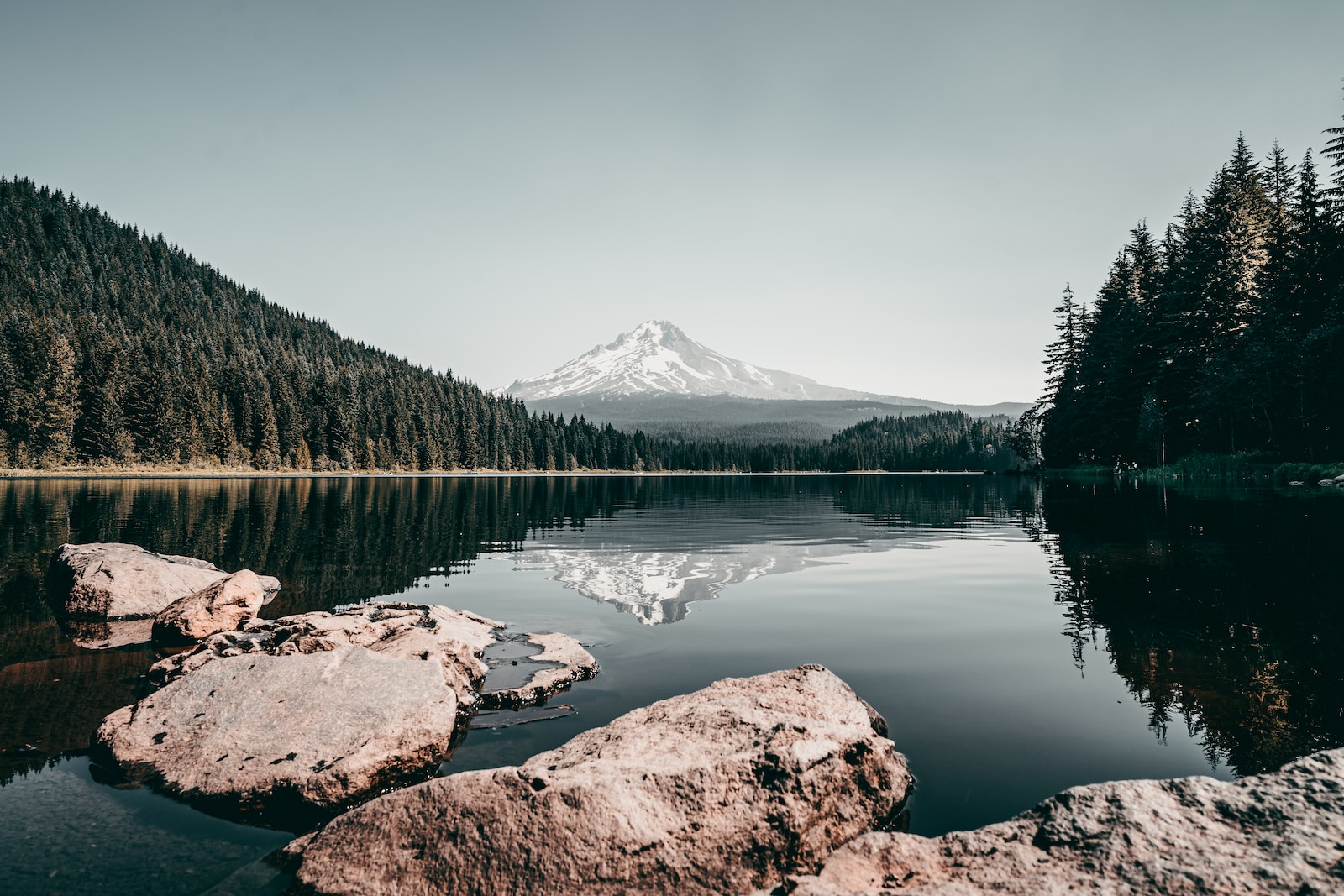Welcome to my blog, where I invite you on a captivating journey through the mesmerizing beauty of Dhaulagiri, the seventh highest mountain in the world. Located in Nepal, this Himalayan gem promises breathtaking views and unforgettable experiences. Join me as we explore the secrets of Dhaulagiri and learn valuable techniques for capturing the majestic landscapes with high altitude mountain photography.
Table of Contents
- Dhaulagiri: The Himalayan Beauty
- Tips and Techniques for Photographing Dhaulagiri
- Frequently Asked Questions
- What is Dhaulagiri?
- Where is Dhaulagiri located?
- How high is Dhaulagiri?
- Is Dhaulagiri a popular destination for mountain photography?
- What is the best time to visit Dhaulagiri?
- Are there any special techniques required for high altitude terrain photography?
- Are there any risks or challenges in Dhaulagiri?
- What other attractions can be explored near Dhaulagiri?
- Wrap Up
Dhaulagiri: The Himalayan Beauty
Dhaulagiri is a major mountain in the Himalayas, and it is located in Nepal, near the border with Tibet (China). It is part of the Dhaulagiri mountain range, which is a subrange of the larger Himalayan mountain system.
Dhaulagiri is the seventh-highest mountain in the world and stands at an elevation of approximately 8,167 meters (26,795 feet) above sea level. The mountain is situated in the northwestern part of Nepal, not far from the Annapurna Massif, another prominent Himalayan mountain range. Dhaulagiri is known for its challenging climbing routes and its stunning alpine landscapes.
The Dhaulagiri region is popular among trekkers and mountaineers, offering opportunities for both trekking and climbing. The trekking route to Dhaulagiri Base Camp provides breathtaking views of the mountain and the surrounding Himalayan scenery. Dhaulagiri, which translates to “White Mountain,” owes its name to the gleaming snow and ice that adorn its peaks, creating a sight that seems straight out of a fairytale.
Unveiling the Allure of Nepal
Nestled in the heart of Nepal, Dhaulagiri offers a unique opportunity to explore this enchanting country. Known for its rich cultural heritage, Nepal is a haven for adventure enthusiasts and nature lovers alike. From ancient temples to vibrant marketplaces, the country’s charm captivates visitors from all corners of the globe.
Conquering High-Altitude Challenges
Embarking on an expedition to Dhaulagiri requires careful preparation and knowledge of high-altitude terrain. As we delve deeper into this blog, I will share valuable tips and techniques for photographing in such extreme conditions. From acclimatization strategies to gear essentials, we’ll ensure you’re well-equipped to capture stunning images while staying safe and comfortable throughout your journey.
Capturing Dhaulagiri Through a Lens
High-altitude mountain photography poses unique challenges and rewards. From capturing the mountain’s magnificence to focusing on intricate details, I’ll guide you through techniques that will elevate your photography skills. Whether you’re a beginner or a seasoned photographer, Dhaulagiri’s exquisite landscapes offer a myriad of opportunities to hone your craft and create truly remarkable images.
Dhaulagiri is notably challenging to climb, with only a handful of successful summits in comparison to other high mountains in the world.
Embracing Adventure: Trekking and Beyond
Trekking in the vicinity of Dhaulagiri allows you to witness its splendor up close. Following scenic trails, you’ll traverse breathtaking landscapes, winding through valleys, glaciers, and alpine meadows. However, Dhaulagiri’s allure extends beyond trekking. Paragliding, rock climbing, and even heli-skiing offer adrenaline-pumping adventures for those seeking an extra thrill in this pristine mountain paradise.
Preserving Nature’s Precious Gift
As we immerse ourselves in the awe-inspiring beauty of Dhaulagiri, it’s crucial to remember the importance of responsible tourism. We’ll explore sustainable practices that help preserve the pristine environment and ensure the preservation of this Himalayan treasure for generations to come.
Captivated by Dhaulagiri: Stories and Experiences
Finally, I’ll share captivating tales and personal experiences from fellow adventurers who have journeyed to Dhaulagiri. These anecdotes will offer a glimpse into the profound impact this mountain has on those who dare to explore its remote and captivating realms. Through their stories, you’ll gain insight into the transformative power of nature and the indescribable beauty that awaits in the heart of the Himalayas.

Tips and Techniques for Photographing Dhaulagiri
Photographing Dhaulagiri is an experience that every aspiring mountain photographer dreams of. With its towering peaks, pristine glaciers, and breathtaking landscapes, this majestic Himalayan beauty never fails to captivate. However, shooting at such high altitudes poses unique challenges, requiring specialized techniques and preparations. In this guide, we will explore some invaluable tips to help you capture the essence of Dhaulagiri through your lens.
1. Acclimatization is Key
Before embarking on your photography expedition to Dhaulagiri, it is crucial to allow your body to acclimatize to the high altitude. Spend a few days in neighboring villages, gradually ascending to higher altitudes to give your body time to adjust. This will not only improve your physical well-being but also enhance your concentration and creativity behind the camera.
2. Pack Light and Efficient
When venturing into the rugged terrains surrounding Dhaulagiri, it’s essential to pack only the necessary equipment to minimize the weight on your shoulders and facilitate mobility. Invest in a good quality backpack that provides easy access to your camera gear and other essentials such as extra batteries, memory cards, and a lightweight tripod. Being prepared and mobile will enable you to capture spontaneous moments and unique angles.
3. Optimize Exposure for Harsh Environments
The high altitudes around Dhaulagiri often exhibit extreme lighting conditions, requiring careful exposure adjustments. Bracketing your shots and using the histogram display on your camera can help you nail the exposure and retain details in highlights and shadows. Experiment with different aperture settings to achieve the desired depth of field while maintaining optimal exposure.
4. Embrace the Golden Hour
The soft, warm light during the golden hour – the hour after sunrise and before sunset – can transform your photographs of Dhaulagiri into masterpieces. Plan your shoots in advance and take advantage of this magical period to capture the mountain bathed in a golden glow. The low angle of the sun will also add depth and texture to your images, highlighting the ruggedness of Dhaulagiri’s peaks.
5. Use Leading Lines for Impact
One effective technique to add depth and draw the viewer into your Dhaulagiri photographs is to incorporate leading lines in your composition. Whether it’s a trail, a meandering river, or the curve of the mountainside, leading lines guide the eye towards the main subject and create visual interest. Experiment with different angles and perspectives to find the most compelling leading lines.
Frequently Asked Questions
What is Dhaulagiri?
Dhaulagiri is the seventh highest mountain in the world, located in the Himalayas of Nepal. It offers breathtaking views and a challenging but rewarding experience for mountaineers and adventurers.
Where is Dhaulagiri located?
Dhaulagiri is situated in the western part of Nepal, near the border with Tibet and northwest of Pokhara, a popular tourist destination in the country.
How high is Dhaulagiri?
Dhaulagiri stands tall at an impressive height of 8,167 meters (26,795 feet) above sea level, making it one of the most sought-after peaks for experienced climbers.
Is Dhaulagiri a popular destination for mountain photography?
Absolutely! Dhaulagiri offers incredible opportunities for mountain photography. The stunning snow-capped peak, rugged landscapes, and dramatic glaciers provide a picturesque backdrop for capturing unforgettable moments.
What is the best time to visit Dhaulagiri?
The best time to visit Dhaulagiri is during the spring (April to May) and autumn (October to November) seasons. These months offer stable weather conditions, clear skies, and better visibility, making it ideal for trekking and mountaineering.
Are there any special techniques required for high altitude terrain photography?
Yes, photographing in high altitude terrain requires some special techniques. It is important to acclimatize to the altitude before embarking on any strenuous physical activity. Additionally, using the right camera equipment, understanding exposure at high elevations, and being mindful of the limited oxygen supply are crucial for capturing stunning photographs.
Are there any risks or challenges in Dhaulagiri?
Yes, trekking or climbing Dhaulagiri comes with its own set of risks and challenges. The extreme altitude, harsh weather conditions, and rugged terrains can be physically and mentally demanding. It is essential to be well-prepared, hire experienced guides, and follow safety protocols to mitigate the risks.
What other attractions can be explored near Dhaulagiri?
While Dhaulagiri is the main highlight, there are several other attractions in the vicinity. The Annapurna Conservation Area, Mustang region, and Jomsom town are popular tourist destinations nearby, offering unique cultural experiences and stunning natural beauty.
Wrap Up
In conclusion, Dhaulagiri, the Himalayan beauty, holds an irresistible allure that captivates both adventurers and photographers alike. This majestic peak, situated in Nepal, offers breathtaking views and challenging terrains that push the limits of high-altitude photography. By mastering photographic techniques and preparing for the unique conditions found in these lofty surroundings, you can capture the true essence of Dhaulagiri’s enchanting allure.
Now it’s your turn! Have you ever been inspired by the magnificent beauty of Dhaulagiri or ventured into the high altitude terrains of the Himalayas? Share your experiences, insights, and photos in the comments below. Let’s engage in a dialogue and continue to discover the magic that Dhaulagiri and similar mountains hold.



